From the land to the community
Convinced that her country’s strength lay in the land, Tita began traveling through rural areas, meeting farmers and harvesters. That experience led to the creation of the Fundación IMA in 2015, which means “food” in the Taíno language. The goal is both simple and revolutionary: to help farming communities make a living from their work by giving them visibility, tools, and contacts with restaurants and supermarkets. “They don’t want to leave their land, they just want to be able to live off what they grow,” the chef tells 50 Best. Today, thanks to the award she has received, she will be able to continue financing seeds and agricultural equipment, supporting a network of producers who represent the most authentic soul of Dominican cuisine.
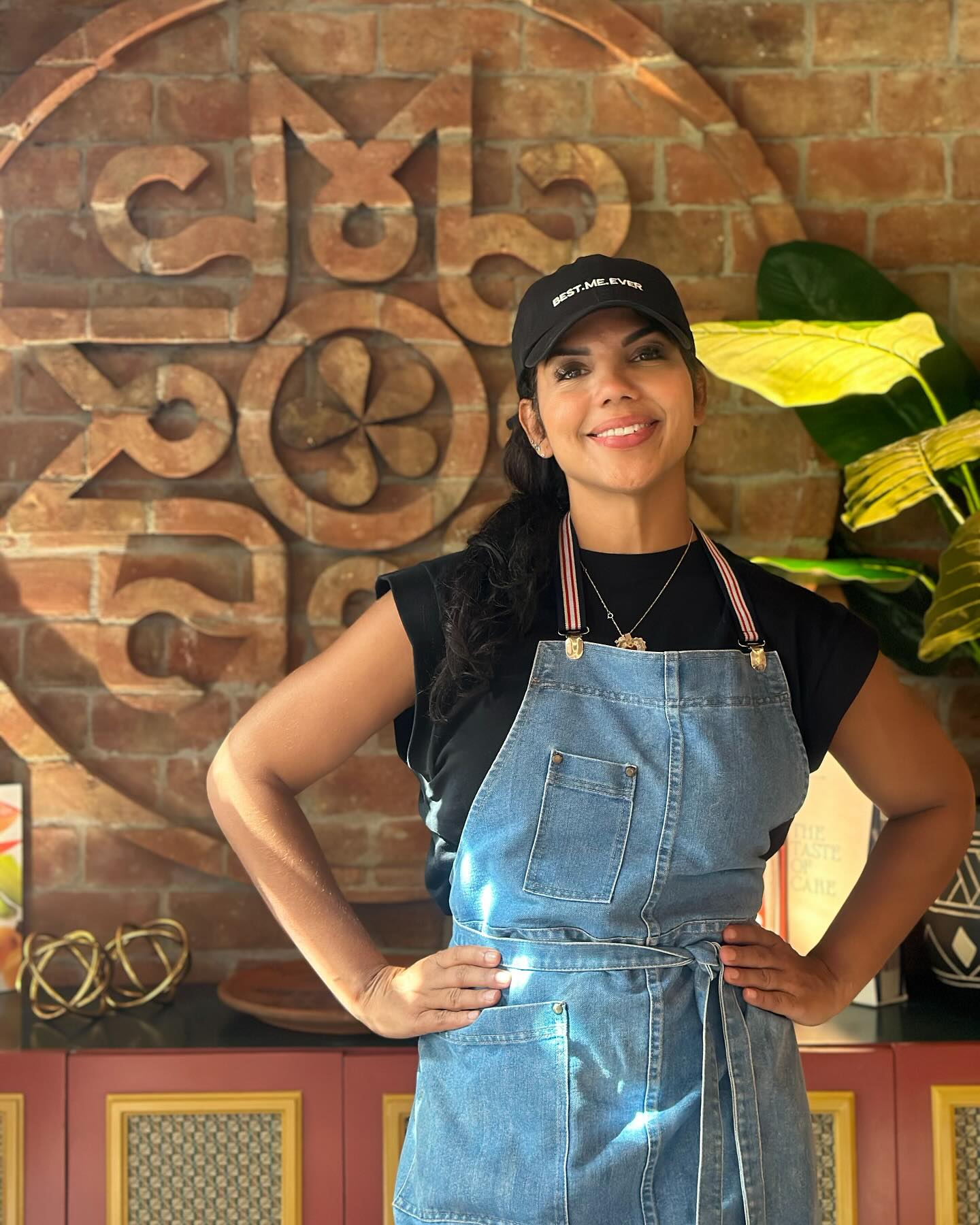 Cooking for change
Cooking for change
Behind Chef Tita’s projects lies a deep conviction: food is a universal language and a tool for change. Through her foundation, the chef not only promotes local products, but also creates opportunities. “When you see that a community can stay united thanks to food, you understand that all this makes sense,” she says. Her emotion is genuine, almost moving: “It fills my heart. Cooking makes me happy, but changing lives through food makes me even happier.” It’s a legacy she inherited from her grandmothers, generous women who cooked for anyone who was hungry. From them, she inherited the principle that feeding others is an act of love.
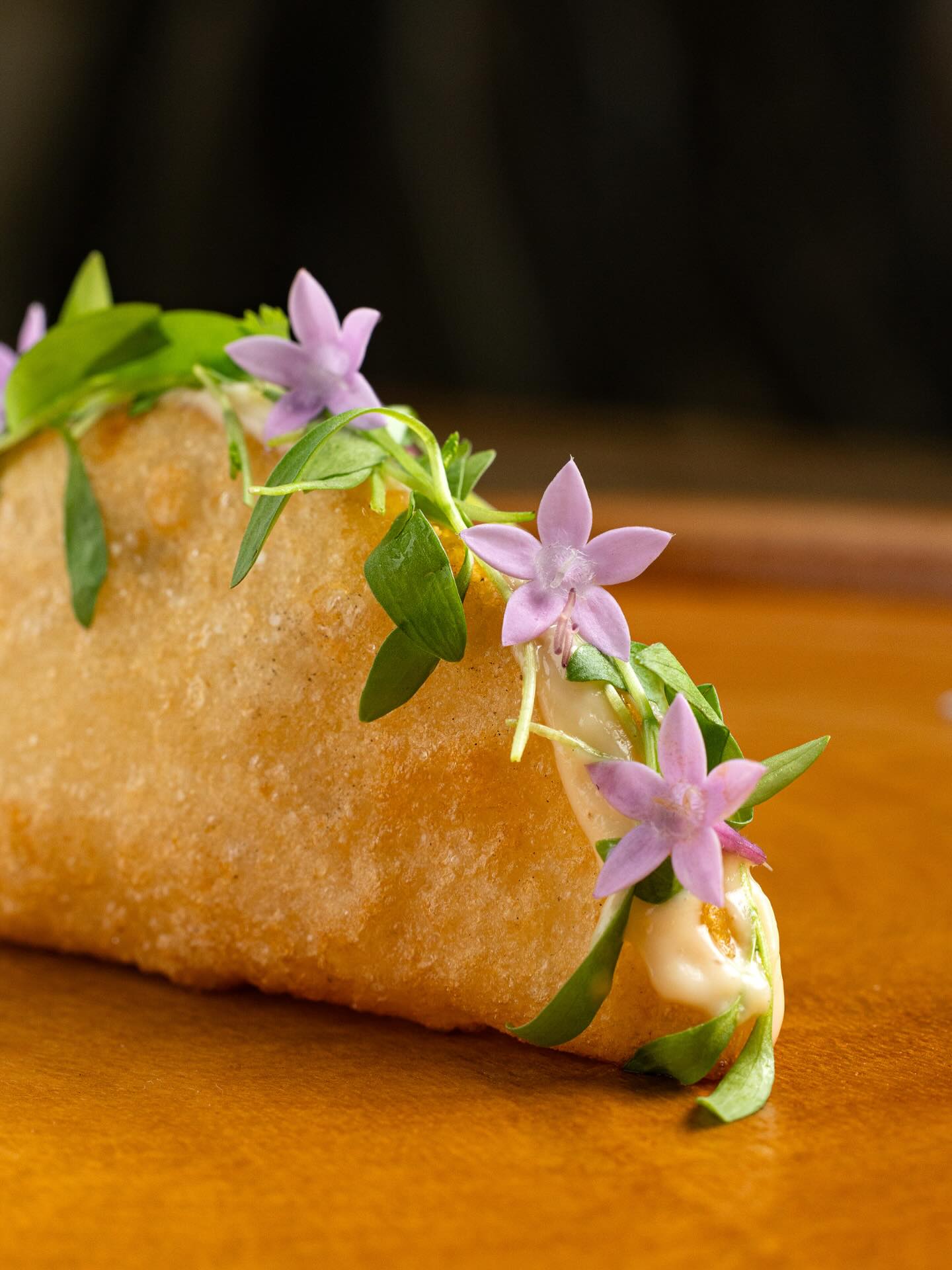 An identity to be told
An identity to be told
After opening restaurants such as Travesías and Morisoñando in Santo Domingo, Tita found her most complete expression in Aguají, the fine dining restaurant opened in 2023 in Puerto Plata. Here, the cuisine is a story, a memory, and a rediscovery of the Taíno-Araucanian culture, the indigenous population that shaped the country’s roots. Everything revolves around local products and the recovery of forgotten ingredients, such as guayiga, a root transformed into flour by the Taíno to make bread. Each dish is both a political and poetic act: an invitation to get to know the Dominican Republic beyond the clichés of sun and beaches.
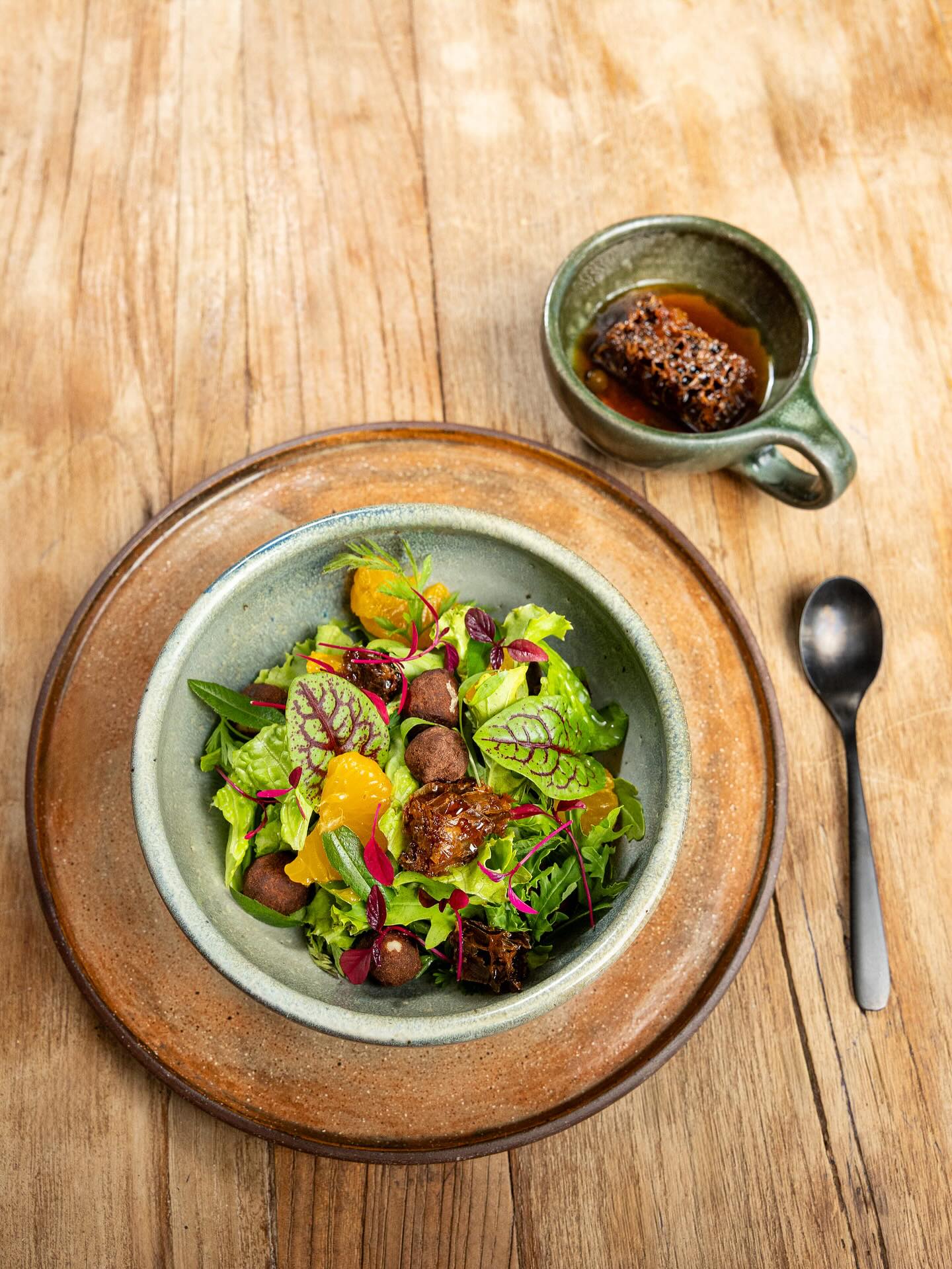 Beyond the tourist paradise
Beyond the tourist paradise
Chef Tita knows that her country is often associated only with resorts and turquoise waters, but she wants to shift the focus to what really makes it unique: its mestizo cuisine. Dominican cuisine is a kaleidoscope of influences—Taíno, African, Spanish, Lebanese, Italian, Asian—that coexist in perfect balance. “Every dish tells the story of who we are,” she explains. “When people taste our cuisine, they are surprised: they don’t expect such richness and personality.” For Tita, however, being a chef means much more than cooking. It is a collective mission: “Chefs must not remain closed within their four walls. They must go out, learn, help. We are agents of change.”
 Food as revolution
Food as revolution
Her approach to cooking is based on a clear vision: food is a form of connection. Through taste, stories are told, faces are given, bridges are built. And those bridges are the future of the Dominican Republic. International recognition is important, of course, but for Tita, the real victory is seeing her country grow, proud of its gastronomic culture. “It has always been my dream to put the Dominican Republic on the world map,” she says. “And now that we’re here… I can hardly believe it.”
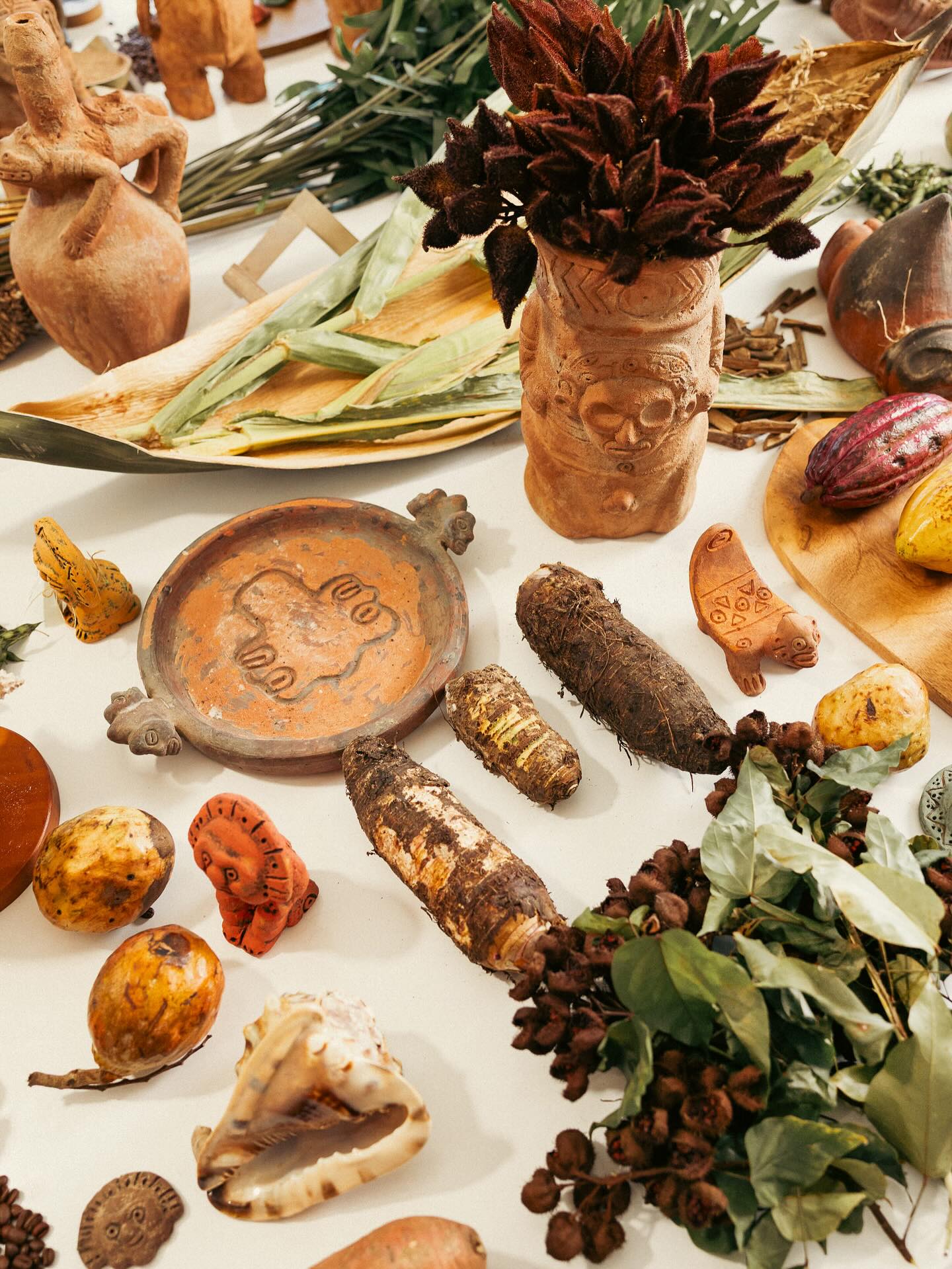

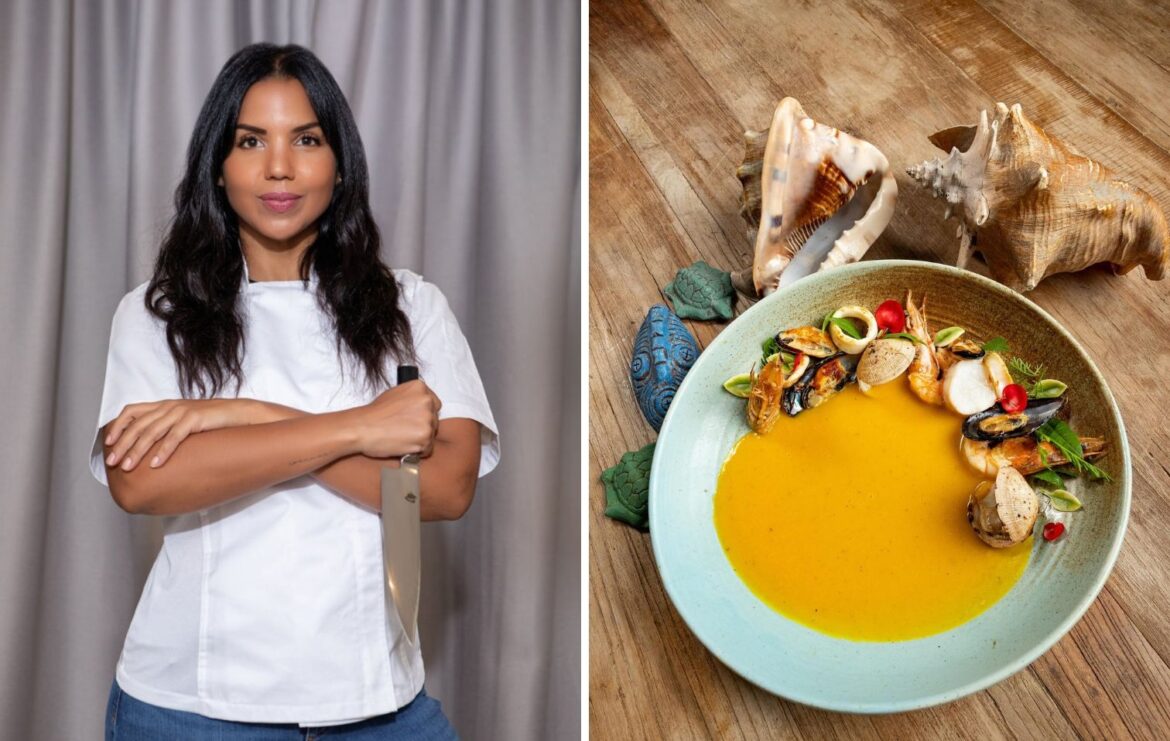
Dining and Cooking